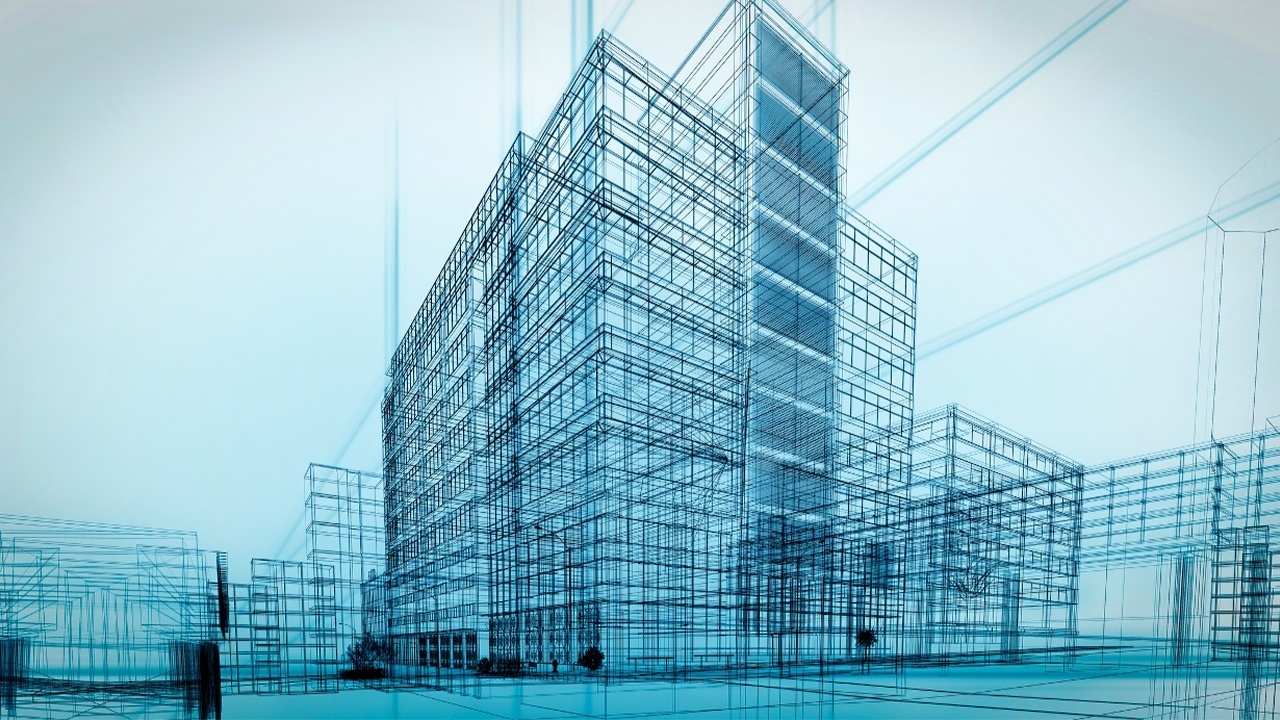Building Information Modeling is revolutionizing the Architecture, Engineering, and Construction industry. BIM programs allow for AEC projects to be mapped out in an immersive, multi-dimensional, and adaptive way. This has the potential to make construction projects more efficient and accurate.
There are multiple different aspects of the construction process that BIM makes more efficient. Cost estimation is one of them. Using BIM, cost estimation can be done quicker and more accurately, reducing time, costs, and the margin of human error. Read on to find out a few facts about using BIM for cost estimation.
Learn BIM to Improve Cost Estimation Accuracy
One of building information modeling’s key advantages is how it renders architecture, engineering, and construction projects with much more accuracy. This holds true for the realm of cost estimation, as well. Using BIM, professionals can ensure that their cost estimations are painstakingly precise, without needing to manually analyze the data repeatedly. Part of the way BIM enables this accuracy is through the generation of measurements directly from the underlying model, so that the data is always consistent with the real design.
One important aspect of the program that any student undergoing BIM technician training knows is its integration of what are called “attributes”. Attributes are sections of information that are tied to components within the overall model. Data related to material type and cost, as well as performance data, are directly intertwined with the individual components. These assists cost estimation by allowing for the recording of minute information.
Use Cost Estimation in a Nuanced, Adaptable Way
Another benefit of using BIM for cost estimation is the ease it allows for adapting to time, updates, and progress. When a change is made in one aspect of a model, it automatically ripples through to all related information. This ensures that the information about quantities and materials a BIM college graduate is working with is up to date and accurate.
An interesting function related to BIM cost estimation is the collection of historic cost information. Cost information related to earlier versions of a model are collected down to a very detailed level, and available for every construction component. This allows BIM professionals to easily weigh the differences between different versions of models.

BIM professionals can output cost estimation data through a variety of channels
Multiple Options for Estimation Output
Conveniently for those who learn BIM, there are multiple routes through which data can be exported as a way to generate cost estimations. The simplest of these methods is exporting data to a spreadsheet in a program such as Excel. This creates straightforward charts that can be analyzed and used for construction cost estimations.
Other more complex methods include using the Application Programming Interface, or an ODBC connection. The API uses a direct link between BIM programs and the costing system, exporting data smoothly between the platforms. The ODBC connection uses existing estimation programs, such as ITALSOFT or CostX, exporting 2D or 3D files into those systems, where they can then be analyzed.
Do you want to learn a new set of future-oriented skills?



